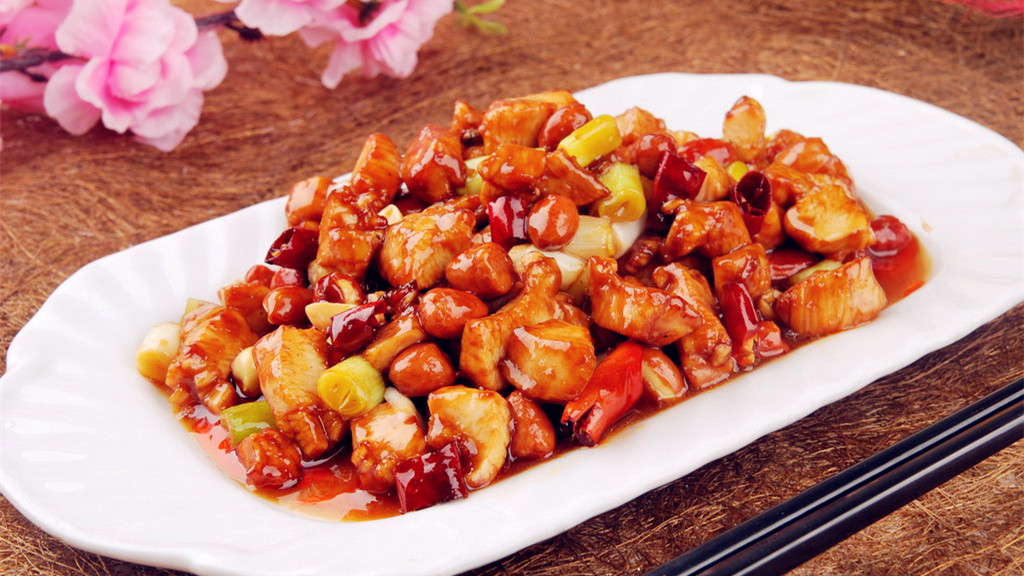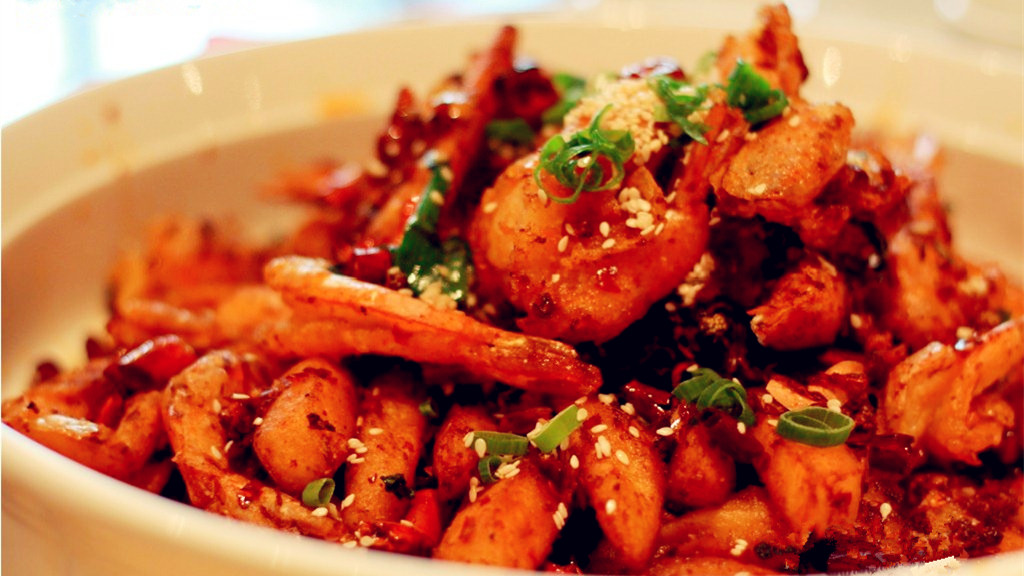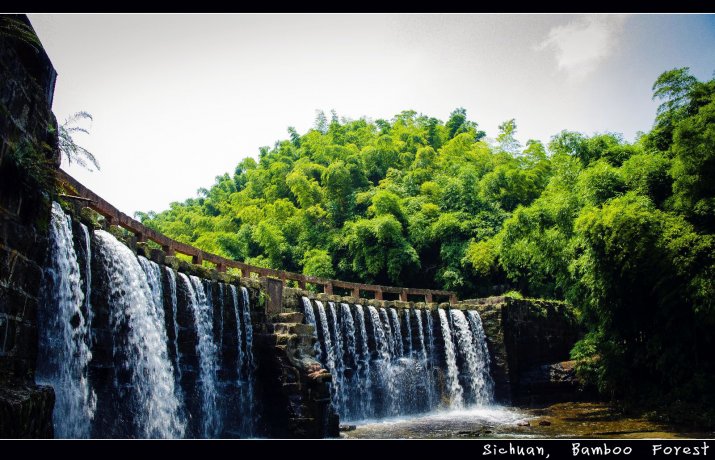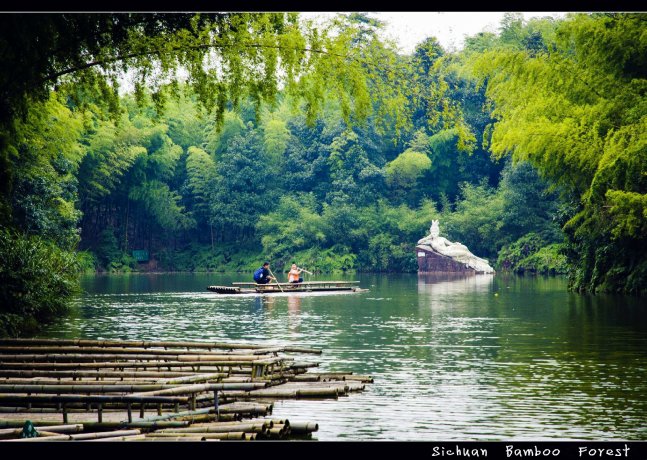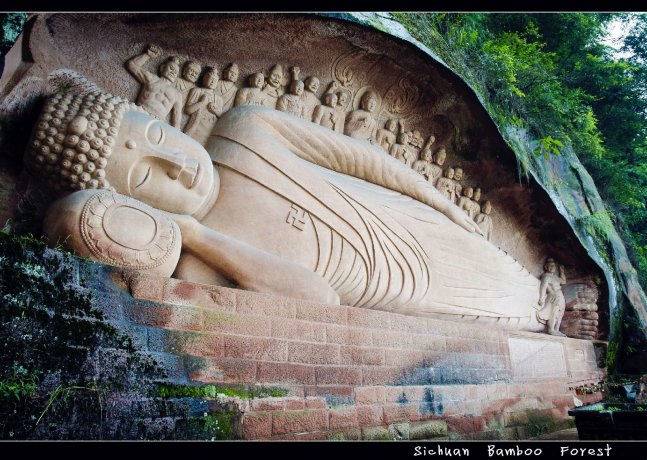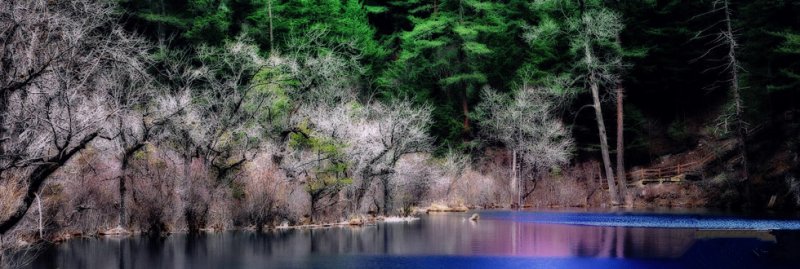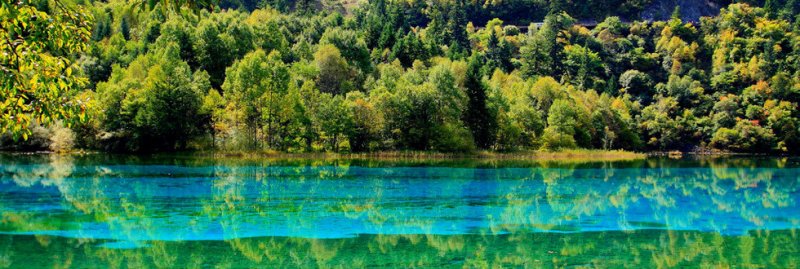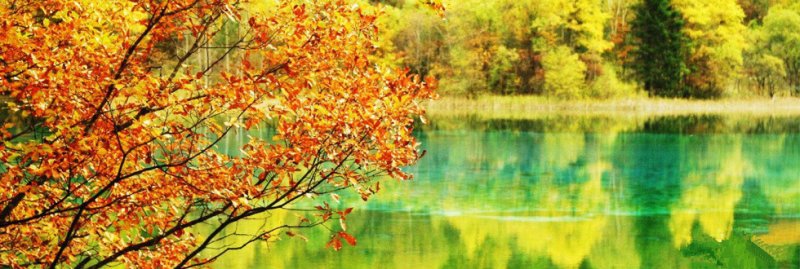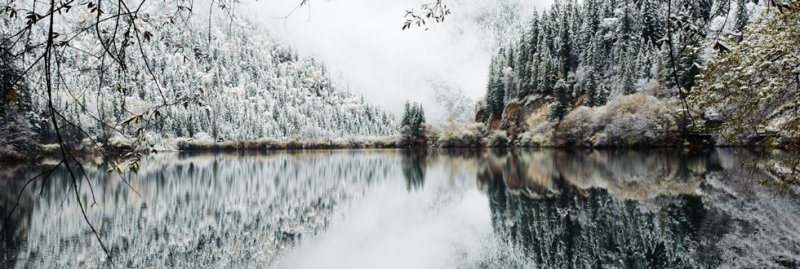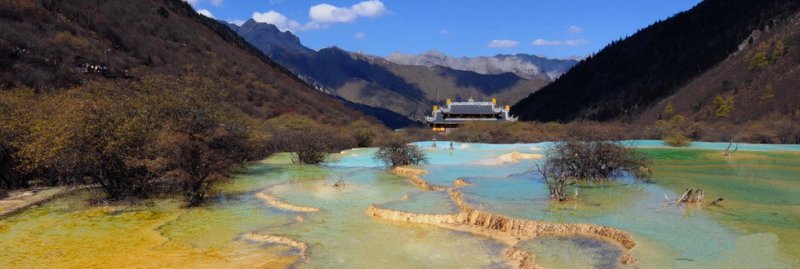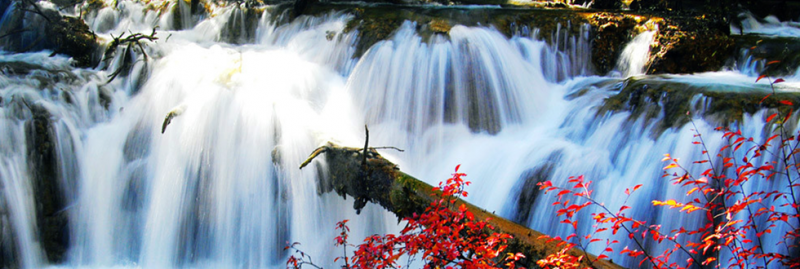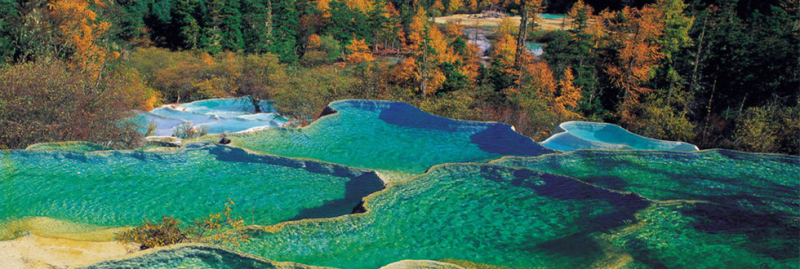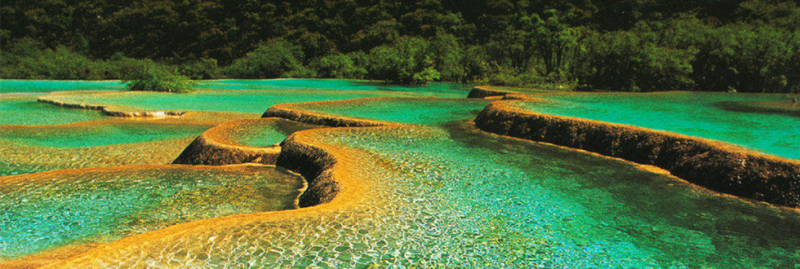Yangtze River & Three Gorges
The Yangtze Three Gorges, one of the ten most famous tour sites of China, proundly stands at the top of best 40 in China’s hottest scenic spots. Meanwhile, it also enjoys the reputation for one of the best 35 China’s king scenic spots and 16 special touring routes. Your step into Yichang will take you to the greatest paintings of elegant Three Gorges gallery. Though the Three Gorges Project reservoir began reserve water. The Three Gorges stand still with their elegance and verve. The Xiling Gorge is still deep and serene., the Wu Gorge is still beautiful, the Qutang Gorge is still steep and magnificent. At the same time, the new Three Gorges bring you new infinite new views. New sceneries created by the reservoir will add extreme mysteries to you, and make your trip rich and colorful.
Yichang, as the door of the three gorges, is the optimal place for the marvelous and attractive tour through Three Gorges.
The Three Gorges consist of the Xiling Gorge, the Wu Gorge and the Qutang Gorge. And they extend over 193 km from Daidi Castle in the west, Fengjie county of Chongqing municipality, to Nanjin Guan of Yichang city in the east, Hubei province. It’s the prime landscape along the Yangtze River, as well as the treasure of the China mountains and rivers. Through ages, the charming gorges have admired thousands of foreign and Chinese tourists whole heartedly.
Beautiful Sightseeings
Chongqing
Chongqing, located in the southeastern part of the Sichuan Basin, where the Yangtze and Jialing rivers meet, is the largest industrial and commercial city in southwestern China and the economic center of the upper reaches of the Yangtze River. It is a metropolis under the direct jurisdiction of the Central Government. Called Yu for short, Chongqing was established some 3,000 years ago.
Fengdu
Fengdu, with fantastic temples of underworld demons and gods, is constructed on the Mingshan Hill by the river band. It is known as the “Ghost City” and is a place for punishing the devil and awarding the good.
Shibaizhai
Shibaozhai architecture consists of three parts: the gate, the pagoda and the temple on the top. A nine story red wooden pagoda with upturned eaves 50m high, dates back to the Qing Dynasty.
Wanxian
One of the most important and largest ports on the Yangtze. It is widely known for its variety and hustling markets. Fifty percent of the city will be resettled after the Three Gorges Dam Project is complete.
Fengjie (Baidi City)
The Baidi City lies in the eastern part of Fengjie, four kilometers away. Famous poets such as Libai, Dufu, Liu’yuxi, Luyou, Fan Dacheng have ever been here, so the Baidi City is well known as “the Poet City”. There are two famous legends, one is “the seven hundred connected barracks were burned”, and the other is “the orphan was put in trust in Baidi City”.
Three Gorges
Gorges extends 193 kilometers along the Yangtze River and is one of China’s most naturally beautiful areas, cultural history and sources of tourism.
Qutang Gorge The shortest of the Three Gorges (8 kilometers). It is considered the most dramatic by many visitors. The river navigates through the gorge’s sheer, steep cliffs where the Meng Liang staircase from the Song Dynasty can be seen.
Wu Gorge 44 kilometers long. The gorge is known for its deep valleys and forest covered mountains.
Xiling Gorge The longest of the three (66 kilometers). The banks are covered with orange orchards. Along this gorge sit many archeological sites, including the Huangling Temple, first built during the Three Kingdoms Period.
Wushan
Wushan, the Three Small Gorges, referring to the three separate valleys of the Daning River, are respectively, Dragon-Gate Gorge, Misty Gorge and Emerald Gorge. You can take a small junk to enjoy these marvelous spectacles of nature.
Shennong steam
Shennong stream is located at the Three Gorges of the Yangtze River in Hubei Province. The 60-kilometer Shennong Stream rises in the southern part of Shennongjia Nature Reserve and joins the Yangtze River at Xirangkou in Badong County. Its natural beauty and local color have attracted the interest of overseas tourists. You might see large and small karst caves, home of many swallows, a world of high cliffs, deep gorges, flying waterfalls, three-colored springs, the ancient trestle path the suspended coffin in the cliff, the groups of ancient tombs and marvelous karst formations and also catch a picture of Tujia’s local and traditional style of living.
The average flow of the stream is 20 cubic meter per second a year. It is an ideal place for drafting tour with a very good experience of adventures without any danger.
Lesser Three gorges
Lesser Three gorges,made of Longmen Gorge,Bawu Gorge and Dicui Gorge,is 50 kilometers long.The river is very shallow,and the water is lucid.It is full of steep peaks.Its beauty is even superior to the Three gorges .The mini three gorges of Madu River,5 kilometers long,is situated at the Madu riverside of the branch of Daning River.You may drift around the mini three gorges:Sancheng Gorge,Qinwang Gorge,Changtan Gorge.
Zigui
Zigui is located at the exit of Xiling Gorge, near which Xiangxi (Fragrant Stream) joins the Yangtze River. There erected a tomb and a memorial pavilion for Qu Yuan, a great patriotic poet in ancient China. One may take a dragon ship in the Fragrant Stream and see the native town of Wang Zhaojun, a famous beauty in ancient Chinese history.
The dam
The dam site is 27 miles upstream from Yichang City proper, at Sandouping Town, 38km upstream from the Gezhouba Dam Lock, inside the third of the Three Gorges. One of the largest construction projects ever undertaken in the world, the Three Gorges Project will forever change the face of the Yangtze River as we know it today. Possessing comprehensive utilization benefits mainly for flood control, power generation and navigation improvement. It will be a vital important and backbone project in harnessing and developing of the Yangtze River.
Shashi (Jingzhou)
Jingzhou, a well-preserved ancient city, was also a place for its strategic importance. Many historical relics are unearthed here, among which the bronze articles, silk and lacquered wares are very notable. A more than 2000-year-old male body in the museum is the most ancient corpse in a good state of preservation in China.
Wuhan
Wuhan, capital of Hubei Privince, is located at the confluence of the Yangtze and Hanshui rivers. The municipality is composed of the three towns of Wuchang, Hanyang and Hankou. The city, as the heart land of China is an important transportation hub. Main tourist attractions include East Lake, Yellow Crane Tower, Yangtze River Bridge, Guiyuan Temple, Ancient Lute Terrace and the provincial museum where musical bronze bells of 2,400 years old are displayed.
Yangtze River & Three Gorges


